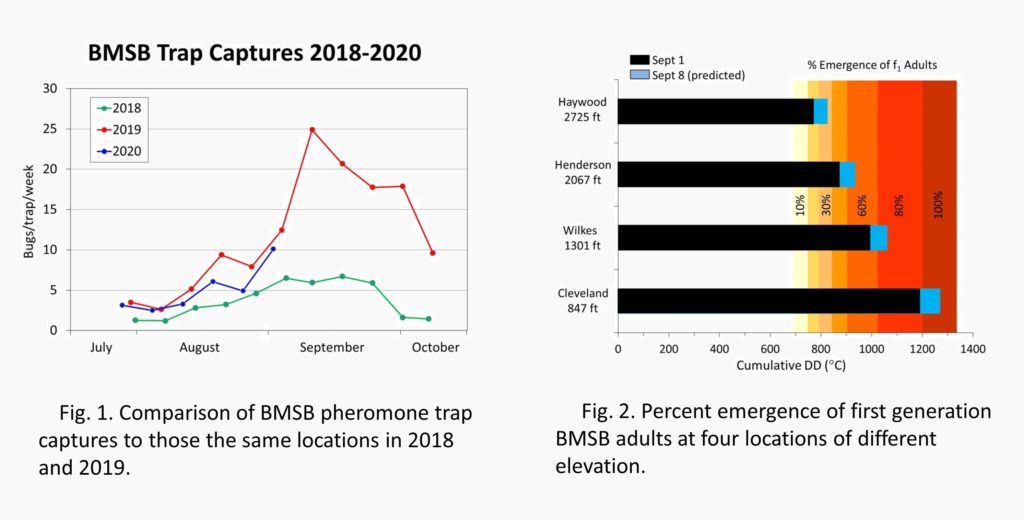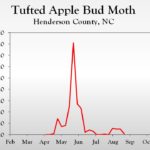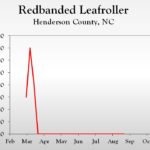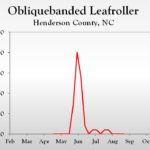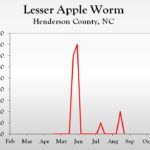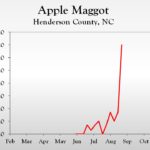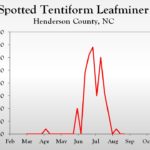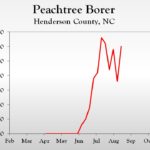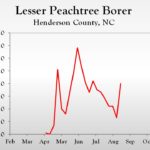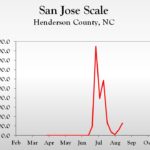WNC Orchard Insect Pest Populations – September 1, 2020
go.ncsu.edu/readext?728112
en Español / em Português
El inglés es el idioma de control de esta página. En la medida en que haya algún conflicto entre la traducción al inglés y la traducción, el inglés prevalece.
Al hacer clic en el enlace de traducción se activa un servicio de traducción gratuito para convertir la página al español. Al igual que con cualquier traducción por Internet, la conversión no es sensible al contexto y puede que no traduzca el texto en su significado original. NC State Extension no garantiza la exactitud del texto traducido. Por favor, tenga en cuenta que algunas aplicaciones y/o servicios pueden no funcionar como se espera cuando se traducen.
Português
Inglês é o idioma de controle desta página. Na medida que haja algum conflito entre o texto original em Inglês e a tradução, o Inglês prevalece.
Ao clicar no link de tradução, um serviço gratuito de tradução será ativado para converter a página para o Português. Como em qualquer tradução pela internet, a conversão não é sensivel ao contexto e pode não ocorrer a tradução para o significado orginal. O serviço de Extensão da Carolina do Norte (NC State Extension) não garante a exatidão do texto traduzido. Por favor, observe que algumas funções ou serviços podem não funcionar como esperado após a tradução.
English
English is the controlling language of this page. To the extent there is any conflict between the English text and the translation, English controls.
Clicking on the translation link activates a free translation service to convert the page to Spanish. As with any Internet translation, the conversion is not context-sensitive and may not translate the text to its original meaning. NC State Extension does not guarantee the accuracy of the translated text. Please note that some applications and/or services may not function as expected when translated.
Collapse ▲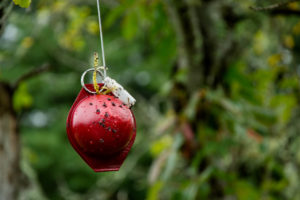 September 1, 2020
September 1, 2020
During the past week both brown marmorated stink bug and apple maggot populations increased in number.
Brown marmorated stink bug
BMSB pheromone trap captures in Henderson County increased considerably during the past week, as noted below in the figure that compares trap captures during the past three years. This trend of increasing BMSB trap captures is expected to continue in higher elevation locations (Haywood, Henderson, and Wilkes Counties) where less than 50% of first-generation adults have emerged to date (see the updated emergence figure below). In lower elevations such as Lincoln County, over 80% of first-generation adults have emerged, so it is less likely that populations will rise significantly in those locations. The bottom line is that in these higher elevation orchards, late-maturing fruit will continue to be susceptible to damage for the rest of September.
Apple Maggot
A significant increase in captures of apple maggot flies was finally observed this past week in our abandoned orchard site. Blocks adjacent to non-managed orchards that also have a good fruit load are likely to be most susceptible to infestation. Fortunately, insecticides applied for BMSB will also control apple maggot.
Learn more about southeastern apple insect pests at the Apple Insect Management page.
2020 Average Weekly Trap Captures
| HENDERSON COUNTY | |||
| Insects per trap | |||
| Aug 17 | Aug 24 | Aug 31 | |
| Codling moth | 0.5 | 0.0 | 0.1 |
| Oriental fruit moth | 4.3 | 6.7 | 4.3 |
| Tufted apple bud moth | 5.0 | 5.0 | 0.5 |
| Redbanded leafroller | 0.0 | 0.0 | 0.0 |
| Obliquebanded leafroller | 0.0 | 0.0 | 0.0 |
| Lesser appleworm | 0.0 | 2.0 | 0.0 |
| Apple maggot (abandoned and research orchards) | 1.0 | 1.7 | 7.0 |
| Brown marmorated stink bug (commercial) | 3.1 | 2.4 | 3.7 |
| Brown marmorated stink bug (unsprayed) | 7.0 | 11.3 | 23.5 |
| Spotted tentiform leafminer | 2.0 | 0.0 | 0.0 |
| Dogwood borer | 17.0 | 20.0 | 27.0 |
| Peachtree borer | 18.0 | 30.0 | 18.0 |
| Lesser peachtree borer | 13.0 | 40.0 | 38.0 |
| San Jose scale | 117.5 | 260.0 | 225.0 |
*Note that these averages illustrate only the timing of insect emergence and fluctuations in populations, and are not representative of population levels in any given orchard. The only way to have an accurate assessment of an individual orchard’s populations is to set up traps in that orchard.
2020 Accumulated Degree Days
| HENDERSON COUNTY | ||||
| Aug. 17 | Aug. 24 | Aug. 31 | ||
| Codling moth (Biofix 4/20) | 2095 DD | 2216 DD | 2405 DD | |
| Oriental fruit moth (Biofix 3/30) | 2843 DD | 2994 DD | 3223 DD | |
| Tufted apple bud moth (Biofix 4/27) | 2585 DD | 2736 DD | 2965 DD | |
2020 Pest Trends (click to enlarge)
Visit WNC Orchard Insect Populations for archived posts.
Additional Resources
- Apple Insect Management Overview
- How to Monitor Apple Insect Pests (IPM)
- Brown Marmorated Stink Bug in North Carolina
- Integrated Orchard Management Guide for Commercial Apples in the Southeast
- Walgenbach Entomology Lab



